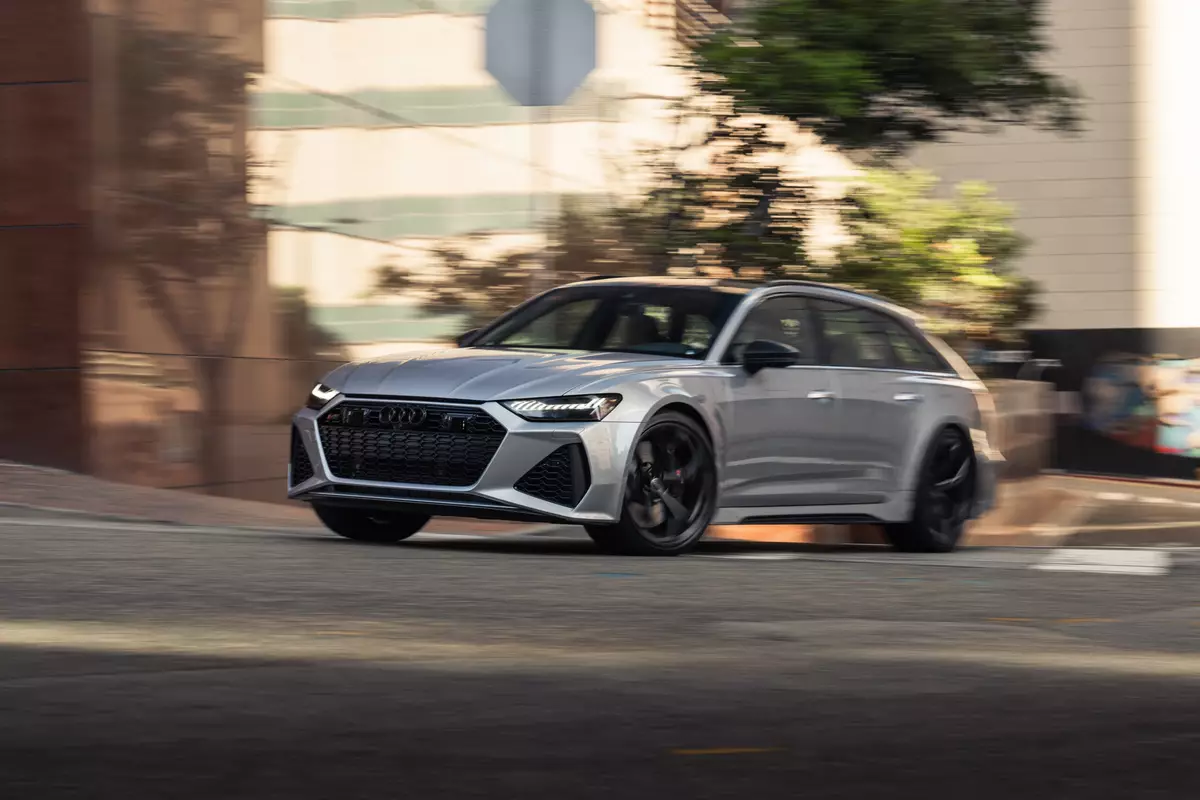2016 Nissan Sentra: First Drive

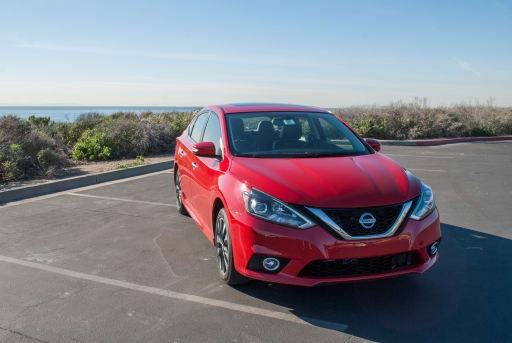
CARS.COM — The Nissan Sentra is the perpetual third fiddle of the compact Japanese imports, always floating around the periphery but not quite on the same level in sales as its Japanese competition, the Toyota Corolla and Honda Civic. I would liken the Sentra to the third or fourth member of a boy band; it is on the same stage, has mostly the same moves, but you just forget that it’s up there sometimes.
For 2016, Nissan is looking to remedy that with an extensive midcycle refresh, changing more than 20 percent of the parts from the old car. There are four available Sentra trim levels: S (base), SV, SR and SL.
We spent a day with the Sentra on the roads around Orange County in Southern California to find out if these changes make the Sentra a more compelling option and let it finally take center stage.
Exterior
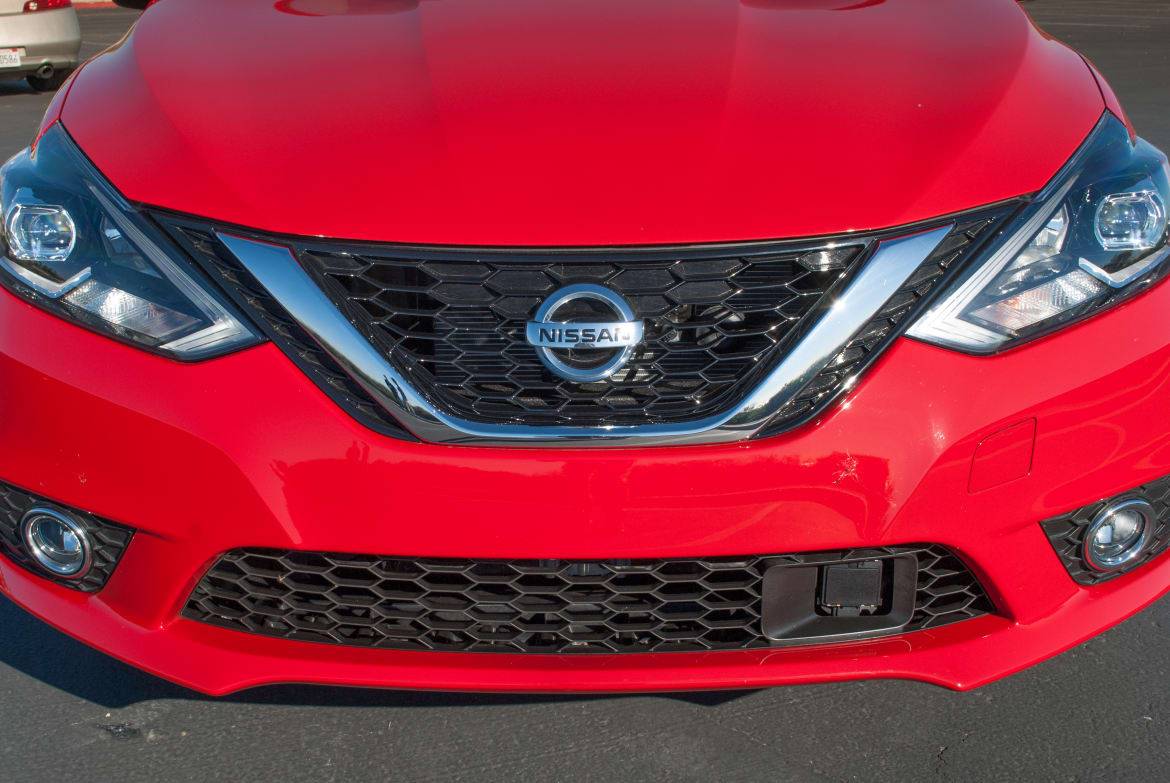
The Sentra’s previous redesign in 2013 introduced styling that would not have looked out of place in 2008 — it wasn’t dramatic enough to make a splash or stylish enough to draw second glances. This update is an improvement, pulling in elements seen on the Altima and Maxima sedans, especially up front. Everything from the A-pillar forward is new including the grille, headlights, hood and front bumper. The sides and rear are mostly untouched, except for slight changes to the rear bumper and the taillights — which are the same shape but of a revamped design.
I got to drive the highest two Sentra trim levels, the top-of-the line SL (seen in white) and the sport-themed SR (red). The SR is the more visually compelling of the two, adding touches like a rear lip spoiler and lower body extensions down the sides. Both trims come with 17-inch aluminum-alloy wheels and four-wheel disc brakes.
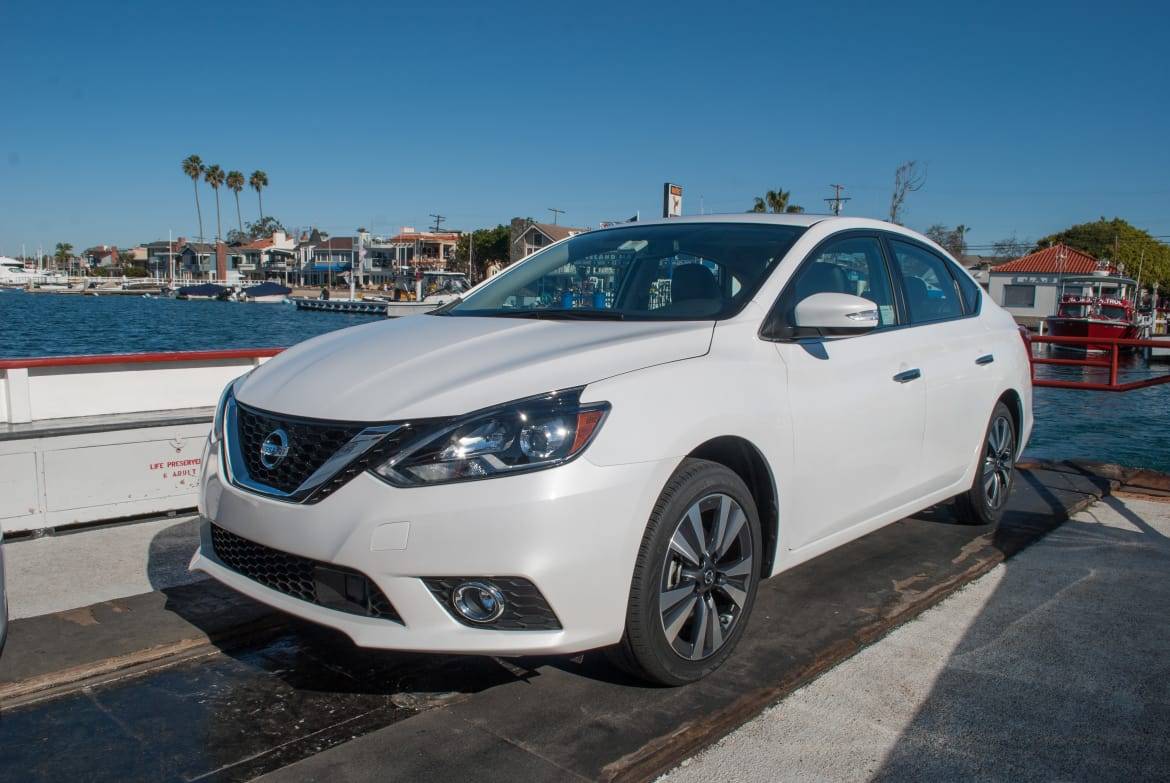
The new look is a definite improvement over the old one, but the styling remains more inoffensive than memorable. The available LED projector headlamps and daytime running lights (with piping instead of individual elements) are attractive, as is the new grille. But even they can’t fully redeem the slablike sides and overall lack of drama.
How It Drives
The engine is a carryover from the 2013 redesign: a 1.8-liter four-cylinder that makes 130 horsepower and is mated to a standard six-speed manual (available only on the base S trim) or a continuously variable automatic transmission that will find its way into roughly 95 percent of the Sentras that hit the market, including the two models I drove.
I found the experience of driving the SR and SL identical; though the SR is the “sport” model, all of its enhancements are cosmetic and have no impact on the driving.
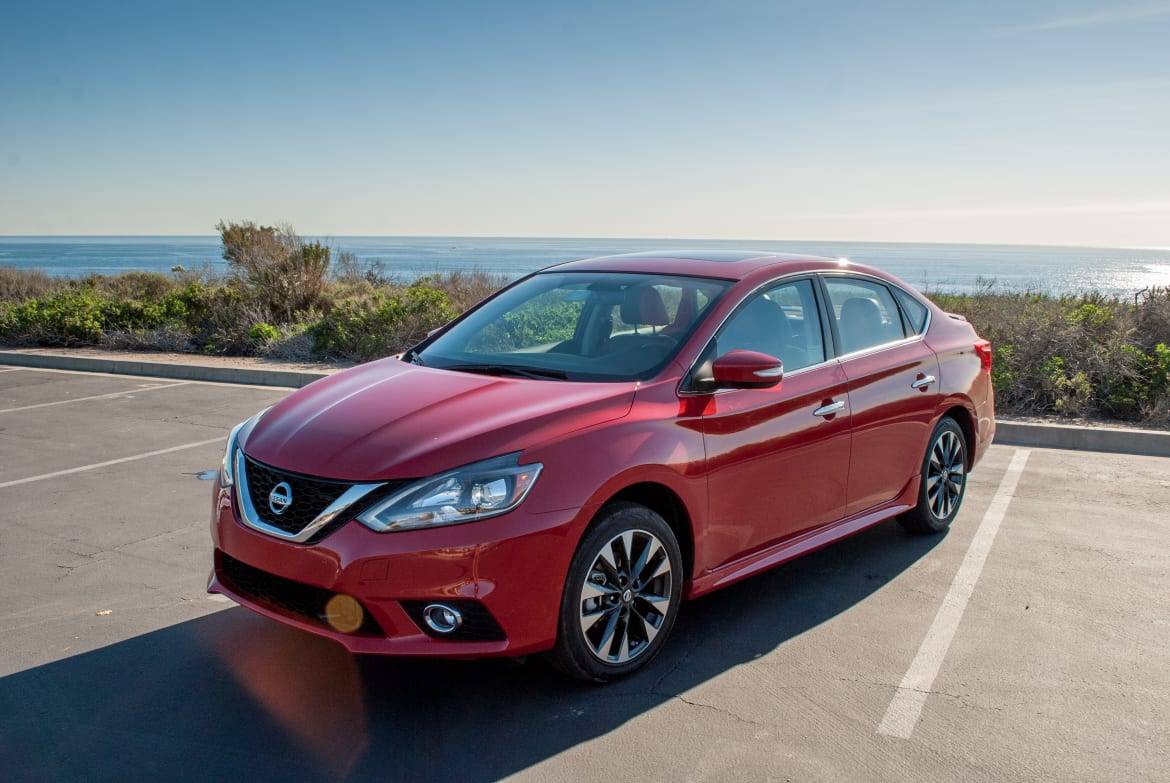
Most of my prescribed drive route was on highways and suburban streets, plus a portion on a mixed-use two-lane road with a 15-mph speed limit, so I didn’t get to really push the Sentra to find out its full capabilities, but that seems to be the point — those looking for more interesting roads will also look for a different car, and Nissan recognizes that fact. There is no pretense here: The Sentra is not sporty.
That being said, it does a few things well. The steering firms up nicely at speed, and there’s no looseness or vagueness in the wheel. My car tracked straight as an arrow. But spend any time behind the wheel, even on straight roads, and it’s apparent that acceleration and driving dynamics are not the Sentra’s forte.
There was one quirk with the transmission that I didn’t expect. This is Nissan’s third-generation CVT and based on feedback from drivers Nissan has engineered false “steps” into the transmission that are designed to mimic gear changes. When you accelerate, the engine speed will drop momentarily a few times as the Sentra gets up to speed, as if shifting up. If you are expecting the CVT to drive like, well, a CVT, this gets unnerving and feels artificial (and gratuitous) — the timing doesn’t quite make sense and isn’t consistent with the accelerator pedal position.
Interior
Inside, parts of the cabin have been spruced up with better trim pieces, updated materials and a new steering wheel. But the cabin remains straightforward in both styling and execution. The new leather seats are better than last year’s, but it’s also a subtle change.
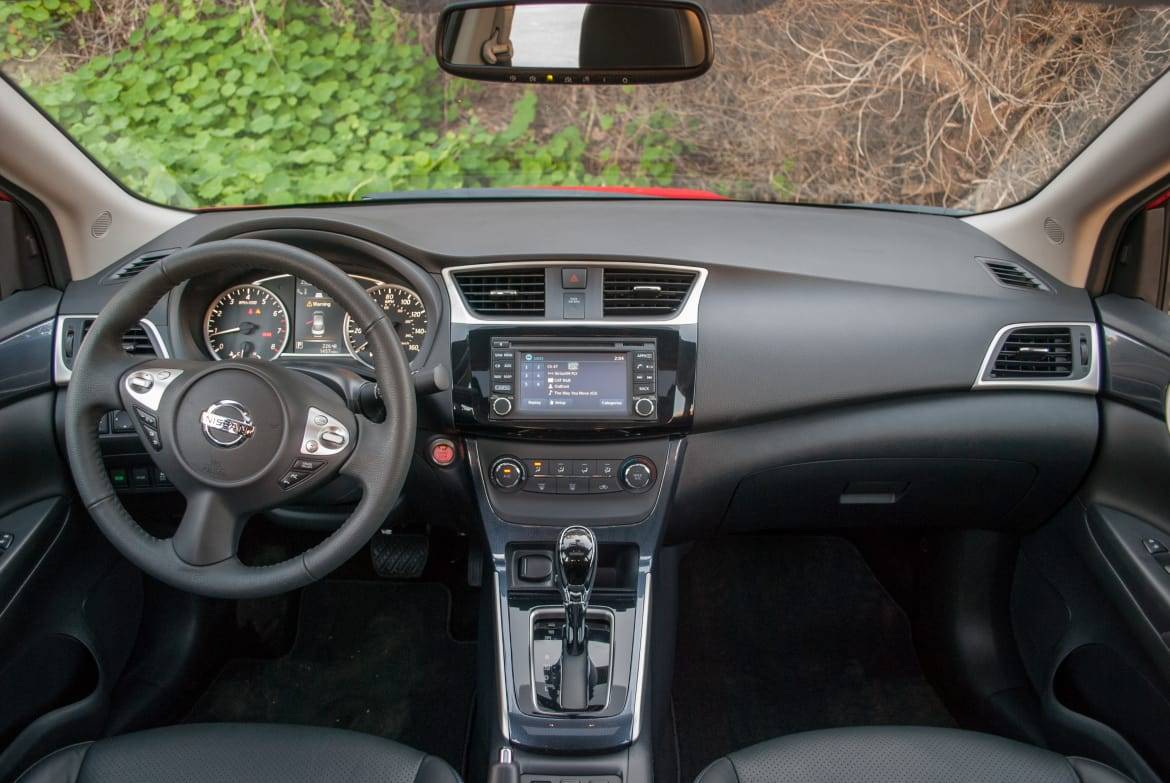
One area where it’s clear that the Sentra has improved is interior noise; the car is very quiet for a car in this class, even while cruising at highway speeds. There is one exception to this, however — medium-to-heavy acceleration. Nissan said it increased the amount of sound-deadening material between the engine compartment and the cabin, but when you’re anywhere above half throttle, the four-cylinder spins up like an out-of-tune marching band, and the drone takes over your senses.
Visibility is good; there’s a lot of glass to see out of in every direction. Standard bump-turn signals (brush the stalk and it will blink three times and shut off automatically) are a nice touch as well. I should also add that this was the hands-down fastest experience I’ve had pairing my phone via Bluetooth — less than 30 seconds from opening the menu to being fully connected.
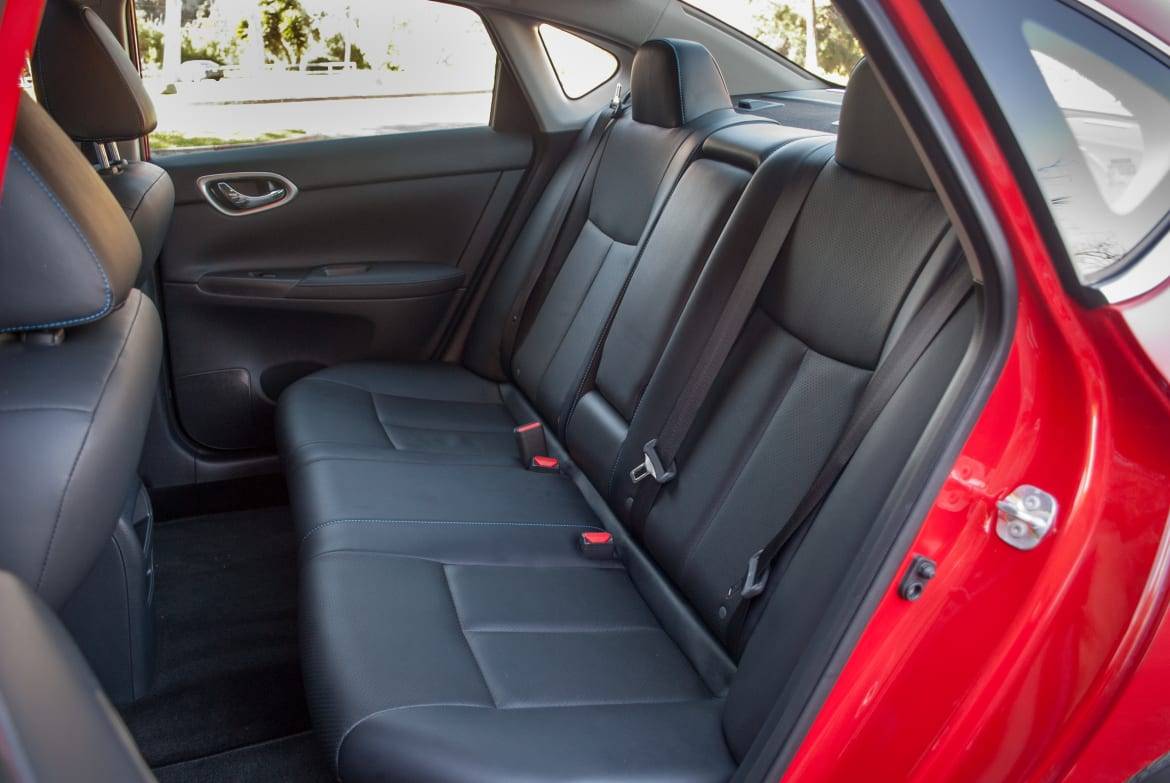
As we noted in our First Impressions of the 2016 Sentra at the 2015 Los Angeles Auto Show, the Sentra has a lot of interior space – enough for the EPA to classify it as a midsize sedan. The Sentra’s new styling keeps the previous generation’s high greenhouse, which means there is plenty of headroom for rear passengers and plenty of legroom as well. When I set the front seat to my driving position and climbed behind (I’m 5-foot-11), my knees still had a few inches to breathe behind the driver’s seat.
Ergonomics & Electronics
The electronics get an upgrade, as the 2016 Sentra adds NissanConnect Services as an available option. It connects to your device wirelessly via a smartphone app and offers features like remote lock/unlock, valet alerts, roadside assistance and speed/curfew/boundary alerts that parents can establish for their young drivers.
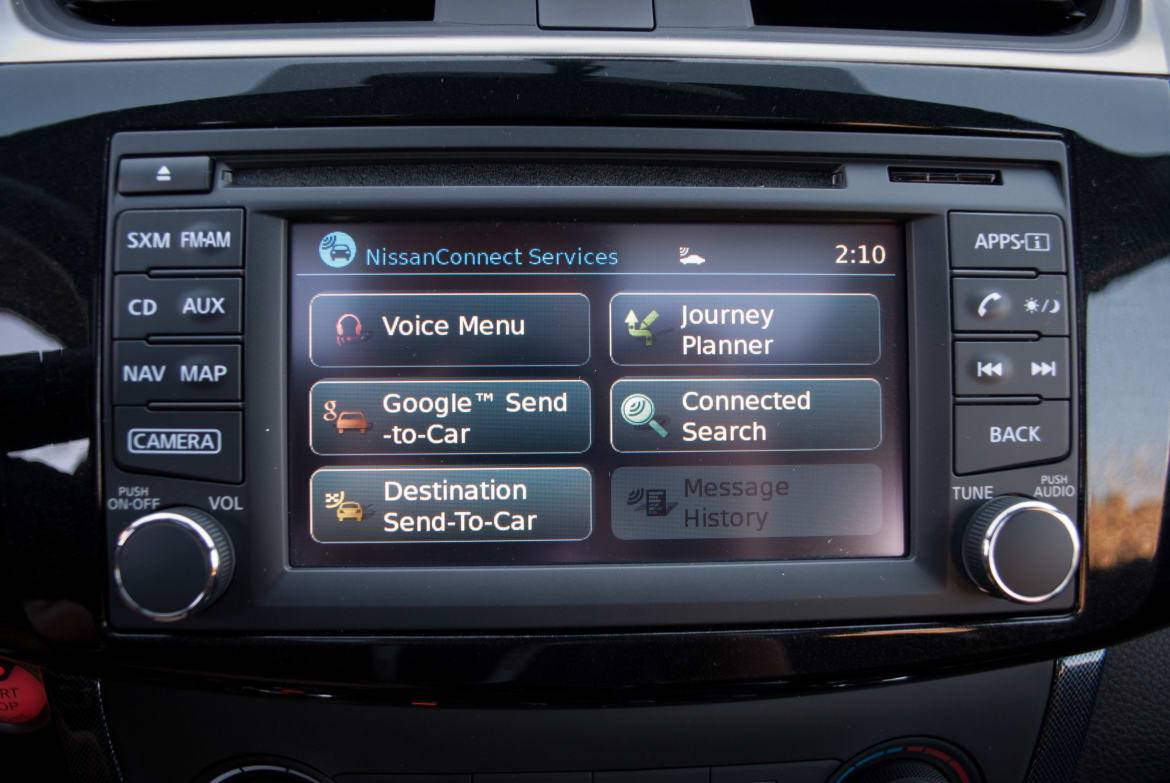
Apple Siri Eyes Free voice recognition also has been added, and it comes standard with the display audio system found on the SV, SR and SL trims. However, Nissan representatives responded with a resounding “no comment” when asked about Apple CarPlay or Android Auto integration. This could be a hindrance to shoppers as these technologies quickly proliferate; just within this class they can be found in the 2016 Civic, the forthcoming 2017 Hyundai Elantra, the 2016 Volkswagen Jetta and the 2016 Chevrolet Cruze.
Safety
The 2016 Sentra also adds new available safety technology and driver aids, including blind spot warning with rear cross-traffic alert, forward collision warning system with automatic braking and an adaptive cruise control system.
Each of the systems works as advertised. I came away impressed by the cruise control: It performed well on the highway stretch and held a consistent following distance, even over a curved overpass. It was especially smooth while slowing down and speeding up, something that we’ve found other cars with similar systems can struggle with. However, the system will shut off when the Sentra stops completely and can’t be reactivated (manually) until the car gets back up to between 20 and 25 mph, so it’s not optimal in stop-and-go traffic.
Value
The 2016 Sentra actually gets slightly worse EPA-estimated fuel economy than the 2015 version; it gives back 1 mpg on the highway and has been rated at 29/38/32 mpg city/highway/combined for models with the CVT. The Sentra FE, the high-fuel-economy package, is slightly better at 30/40/34 mpg. This puts the Sentra firmly into the lower-middle portion of the compact segment.

So if the Sentra doesn’t really stand out when it comes to styling, fuel economy or driving experience, it has to win on value to be viable, and the good news for Nissan is that it seems to do so. An SV model offers Siri Eyes Free, push-button start, backup camera and Bluetooth connectivity with audio streaming standard. Add the $1,020 Driver’s Assist Package, which comes with navigation, a larger 5.8-inch touch-screen and blind spot warning with rear cross-traffic alert, and it will tip the scales at $20,405 including destination.
We looked around and you can’t build a 2016 Civic or a 2017 Elantra with navigation for less than $25,000, and a Corolla doesn’t even offer many of these safety features.
Conclusion
The 2016 Sentra is an improvement, but it’s a refresh — not a revolution. It does everything you ask of it adequately, but it lacks a killer feature to distinguish it in this crowded segment, which may keep the sedan firmly nestled behind the heavy hitters. And the lack of Apple CarPlay and Android Auto at launch may hurt it.
However, I think that the Sentra does have a place with consumers who want technology at a price lower than the competition — navigation and a suite of driving aids at $20,000 is an enticing proposition that is hard for the value-minded shopper to ignore.
The 2016 Sentra is already on sale.
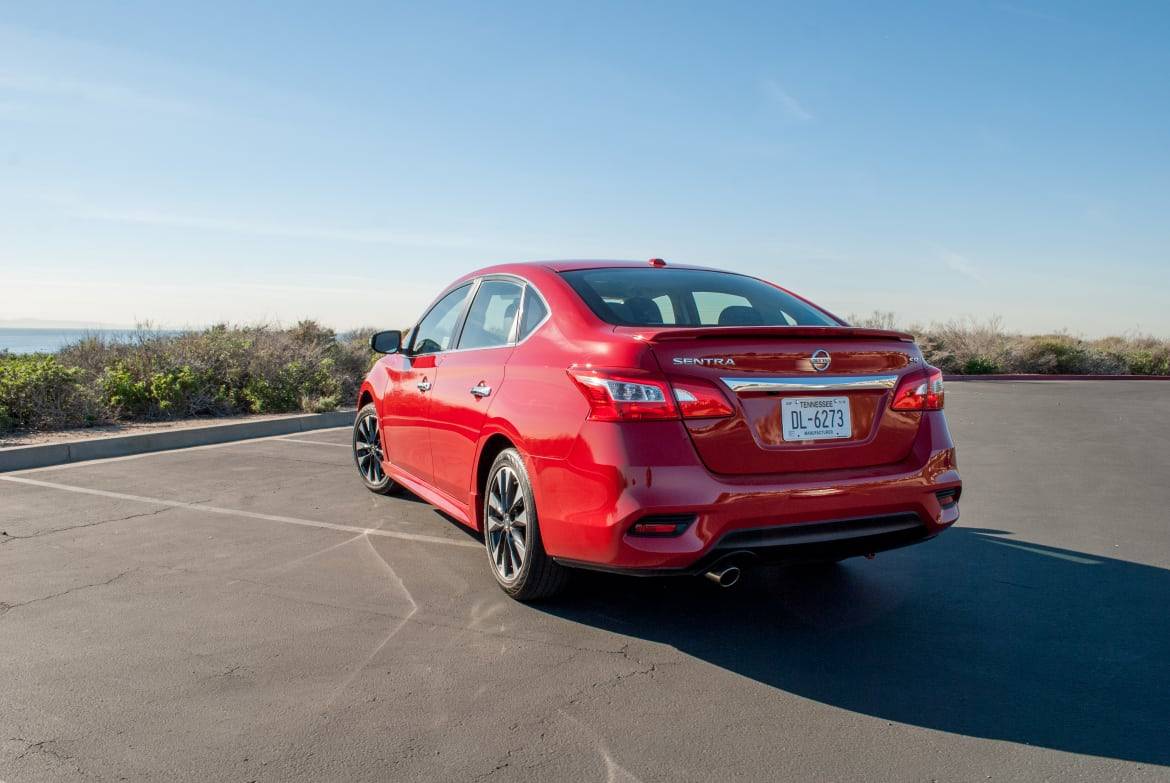

Former L.A. Bureau Chief Brian Wong is a California native with a soft spot for convertibles and free parking.
Featured stories
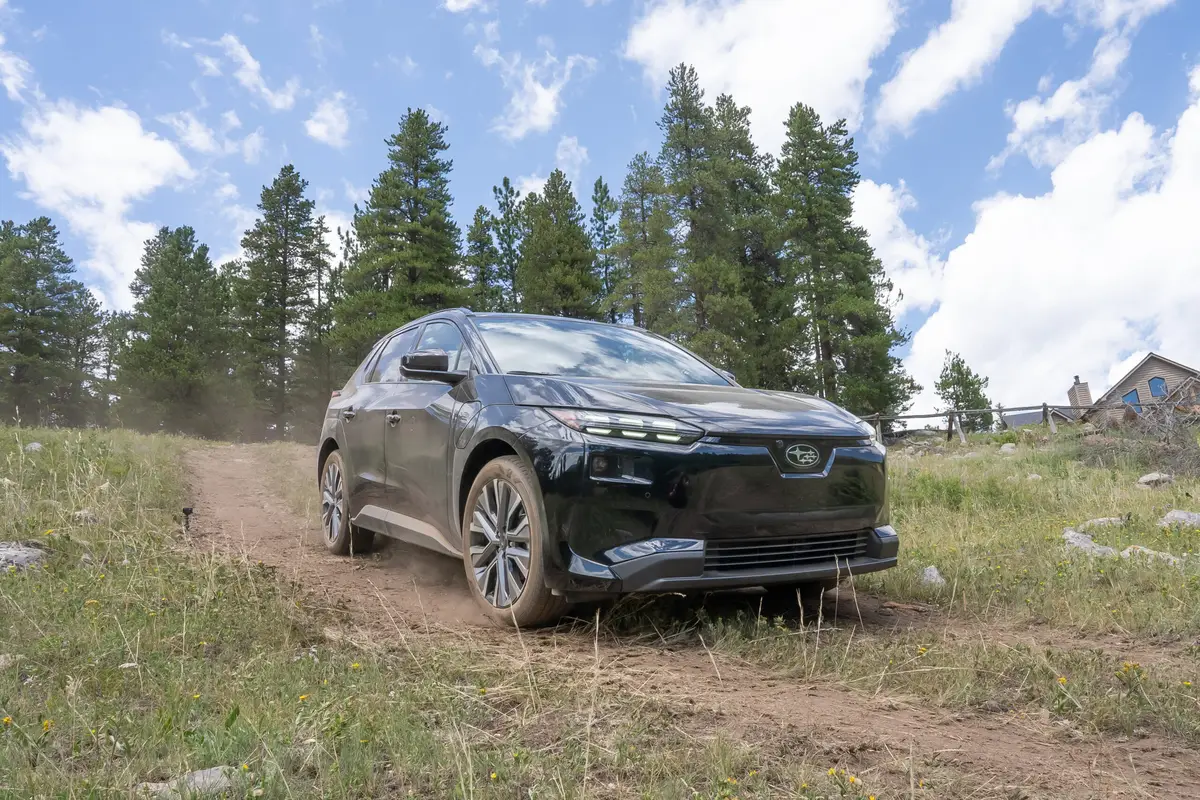
2026 Subaru Solterra Review: Necessary Improvements

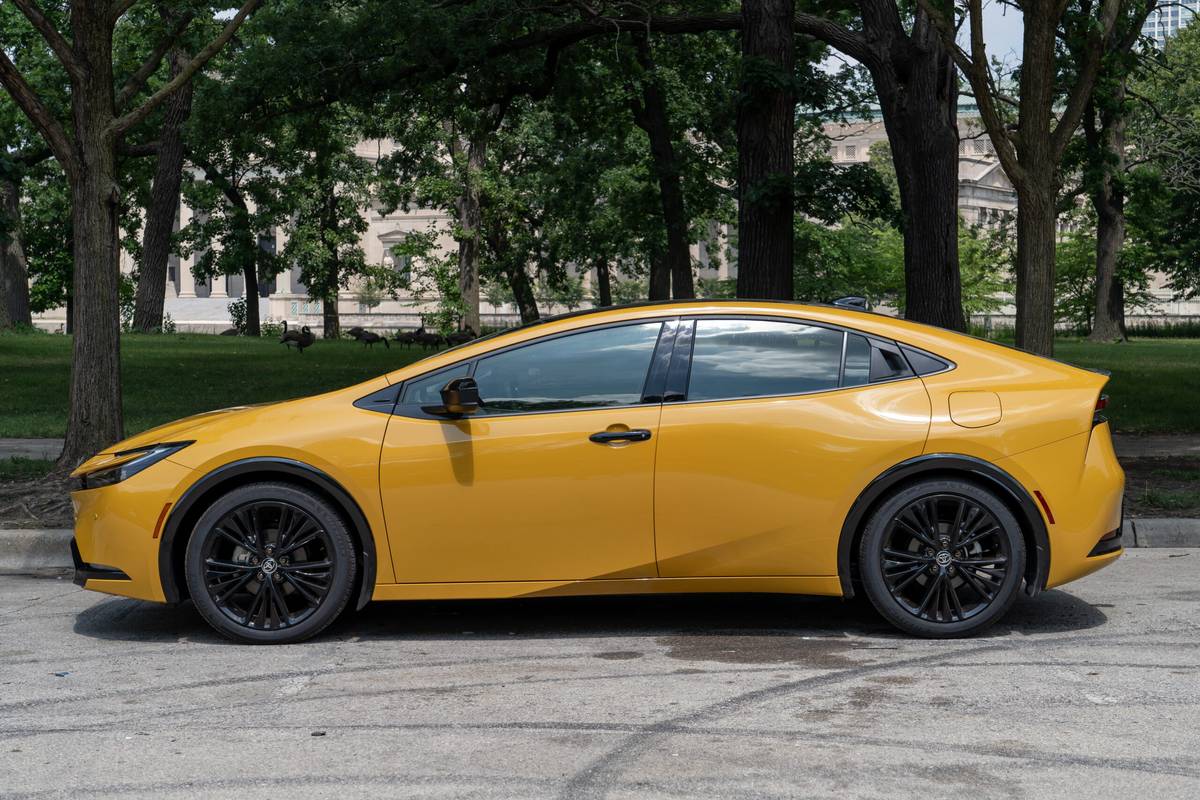
2025 Toyota Prius Review: Big on Mileage, Small on Space

